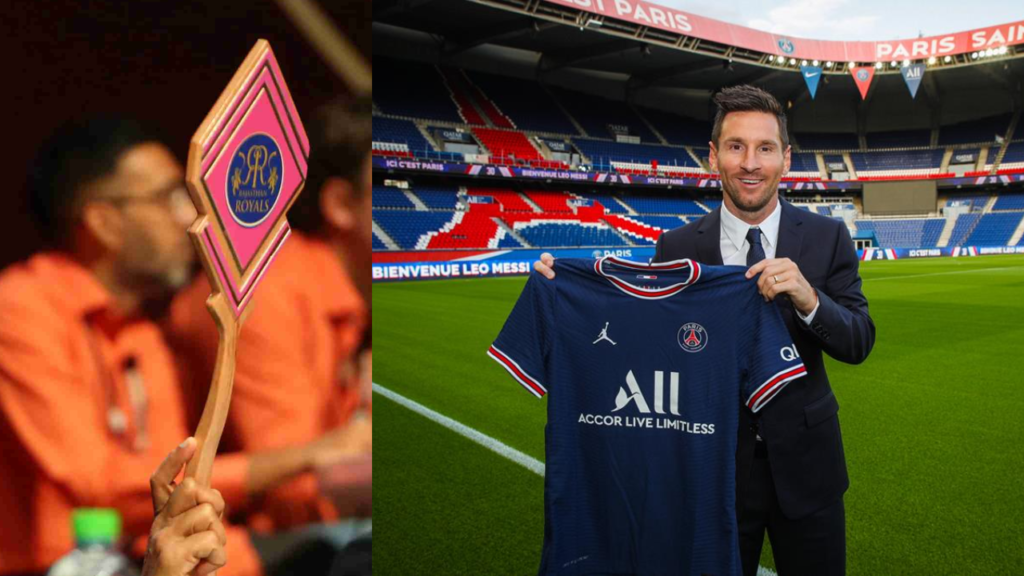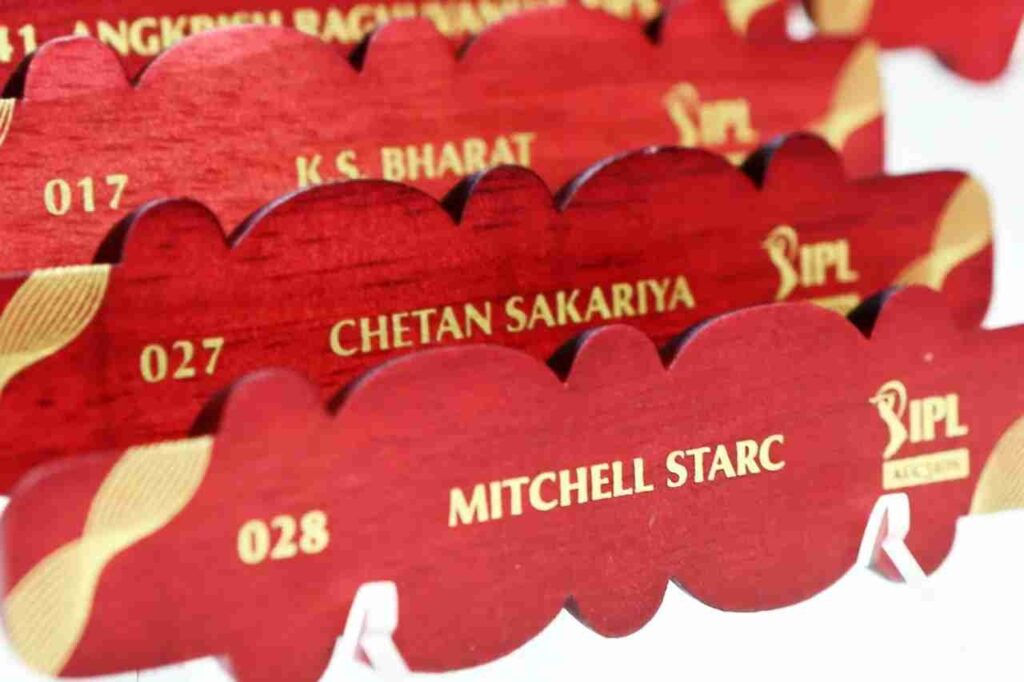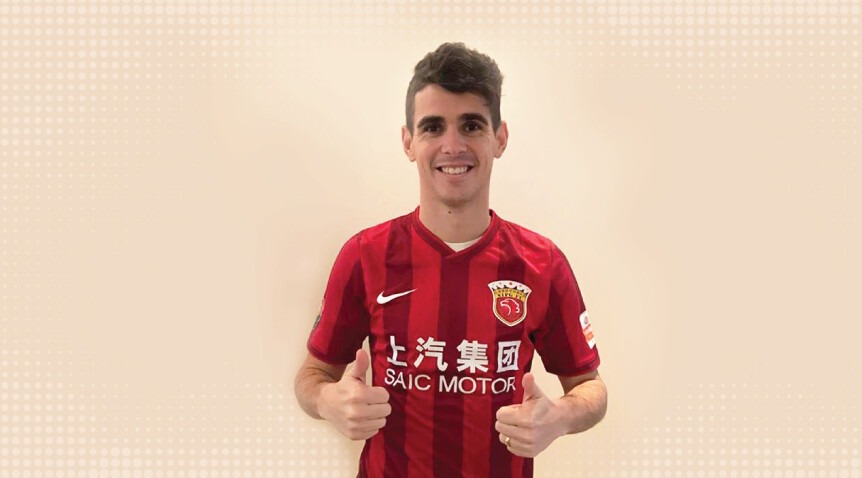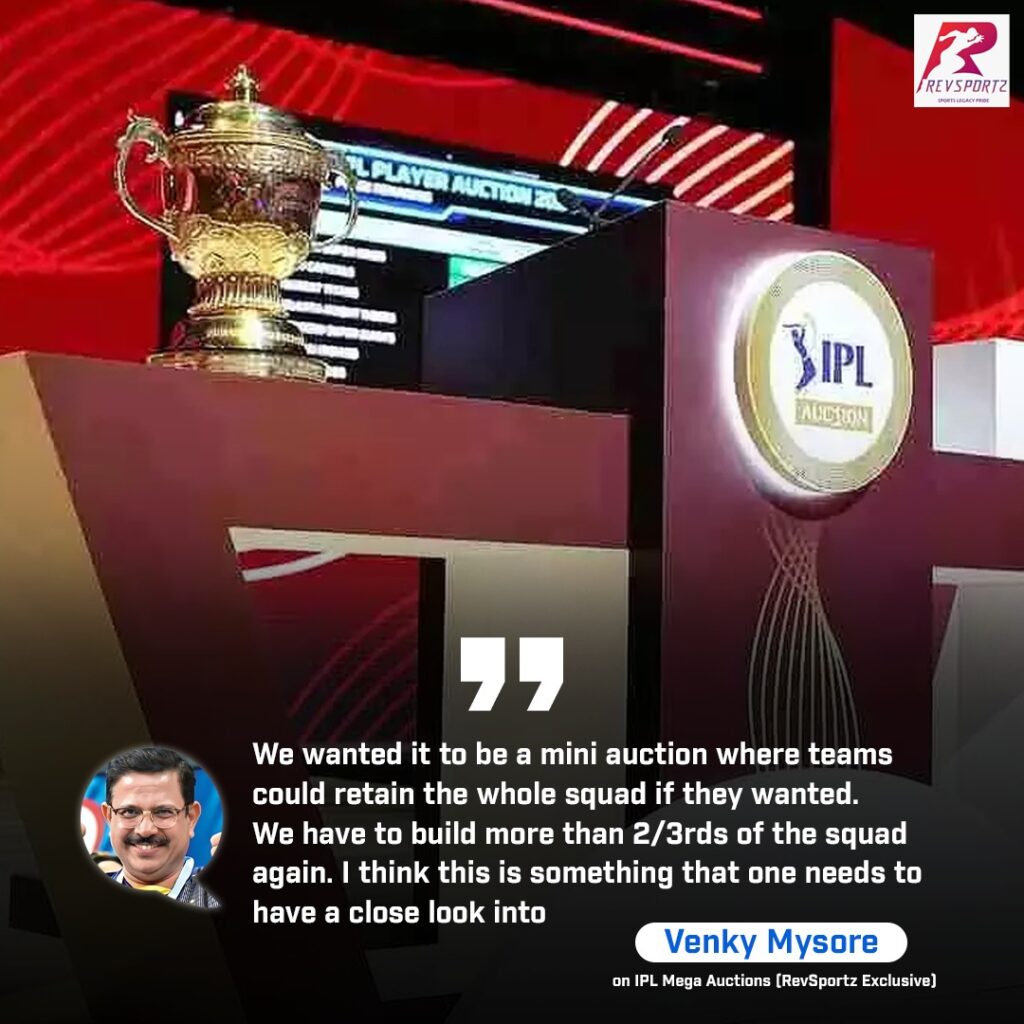
The IPL 2025 Mega Auction is around the corner, and the Indian media fraternity and fans are going bonkers about it. Alongside the Border-Gavaskar Trophy, the buzz regarding the auction is palpable. Millions will be spent in Jeddah, Saudi Arabia, on November 24 and 25, and lives will be transformed. Top cricketers, Indians and overseas, uncapped and capped – all will go under the hammer and the franchise owners will empty their purses trying to pick the players of their choice.
A certain uncapped player might fetch a huge sum while some sure bets might fetch less. The auction dynamics are hard to predict. However, there is an adverse side to this billion-dollar gala. This article strictly tries to critically analyse two types of player dealings – the IPL mega auctions and the football transfer window.
When players play for a franchise or club, they build a relationship with all the team stakeholders. Venkatesh Iyer, in his interview with RevSportz, spoke of how attached to the Kolkata Knight Riders (KKR) franchise he was, and how he would love to be back with the team even though they didn’t retain him. Venky Mysore, the KKR CEO, also reflected on the same issue, that such mega auctions hamper fan loyalty. A certain player who has served a franchise is now uncertain whether he’ll be a part of that side for the upcoming season.
For instance, Rishabh Pant is one player for whom franchises are expected to break the bank in the upcoming auction. Punjab Kings, with the maximum purse, will have the financial edge over others. They might go all guns blazing to rope in the wicketkeeper-batter and might succeed. This is not to predict or analyse their auction strategy, but to point out that the players don’t get to choose their clubs. This is not the case when it comes to football transfers.

Take a scenario where a player is unhappy with the current team. The player can request for a loan or a transfer. In the new transfer window, the player might be sold or loaned out with mutual agreements involving all parties.
The IPL mega auction is a spectacle but the system raises questions about player satisfaction and fan loyalty, as players have little control over their destinations and longstanding relationships with franchises often end abruptly. Contrasting this, football’s transfer system allows for mutual agreements between players, clubs, and agents, providing greater flexibility and honouring individual preferences.
For instance, Lionel Messi’s move to Paris Saint-Germain from Barcelona in 2021 was facilitated by mutual understanding given the club’s financial constraints, while Cristiano Ronaldo’s €100 million transfer to Juventus in 2018 respected his desire for a new challenge.
Similarly, Philippe Coutinho’s loan move to Bayern Munich from Barcelona in 2019 allowed all parties to benefit, while giving the player a chance to revive his career. Neymar’s world-record €222 million transfer to PSG in 2017 reflected his ambition to step out of Messi’s shadow, while Oscar’s €60 million move from Chelsea to Shanghai SIPG highlighted how financial incentives drive decisions in emerging markets.

Such flexibility ensures that players’ ambitions align with the financial and strategic goals of clubs, creating narratives that resonate with fans. In contrast, the IPL’s auction dynamics disrupt player-fan connections. For a player to have a healthy connection with a franchise takes a lot of toil – it’s a long journey. Now, going by the current auction scenarios, franchises have to make a priority list of retentions and leave out certain players, who they may not be able to buy back at the auction.
The player who wants to stay with his current side wouldn’t have a chance to negotiate terms. Even if the player’s plans don’t align with the team’s, there’s nothing much he can do.
While the IPL auction is integral to maintaining competitive balance, adopting elements of the football transfer system could address some shortcomings. Allowing players more agency or introducing trade windows could help franchises retain iconic players while ensuring competitive fairness.
The reality though is that the IPL auction was never modelled on football transfers. Lalit Modi, the league’s creator, wanted to recreate the glitz and glamour of draft day in US sport. But there, only newbies, fresh out of college or even high school, are part of the draft. The other players already in the system are traded based on their wishes, or they sign with a new franchise once they’re free agents.
More from this author, click HERE
In that sense, the IPL auction is neither here nor there. It’s not only for new players, and it’s hard to escape the notion that the priority is to create a TV spectacle every two or three years.
Ultimately, both systems have merits and challenges. But football’s emphasis on mutual agreements provides a compelling model for fostering loyalty, enhancing player satisfaction, and maintaining fan engagement—something the IPL could consider as it evolves.





